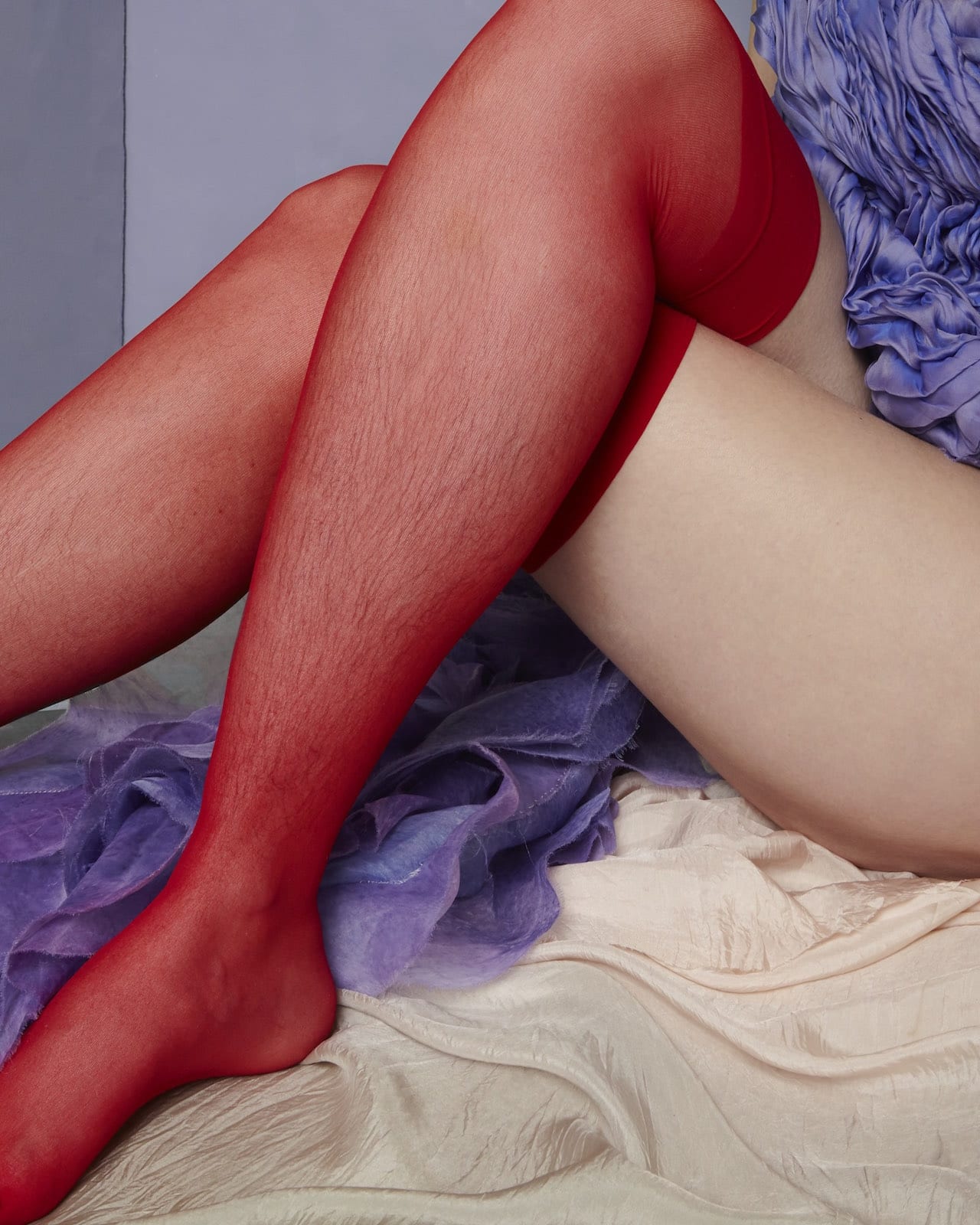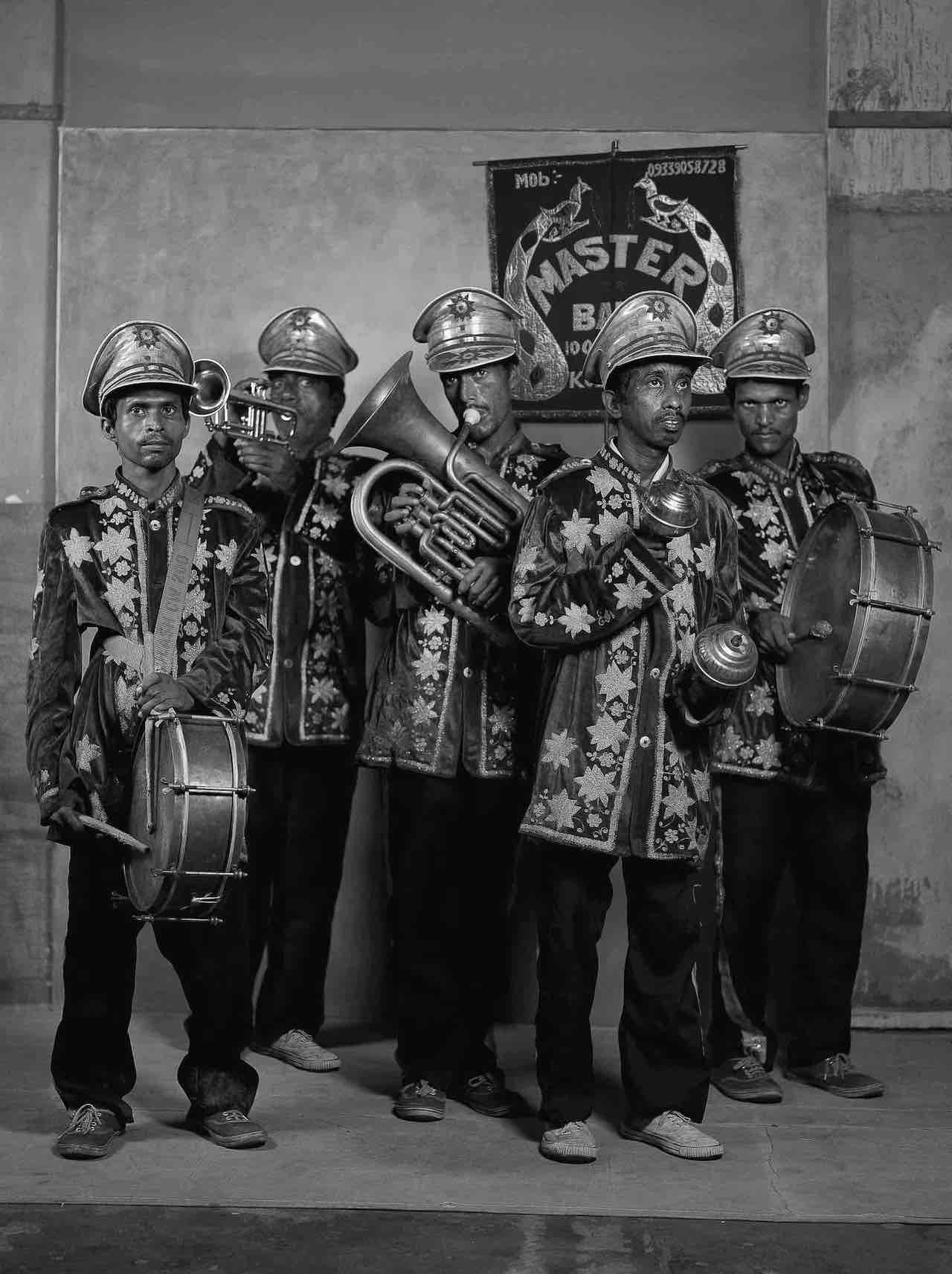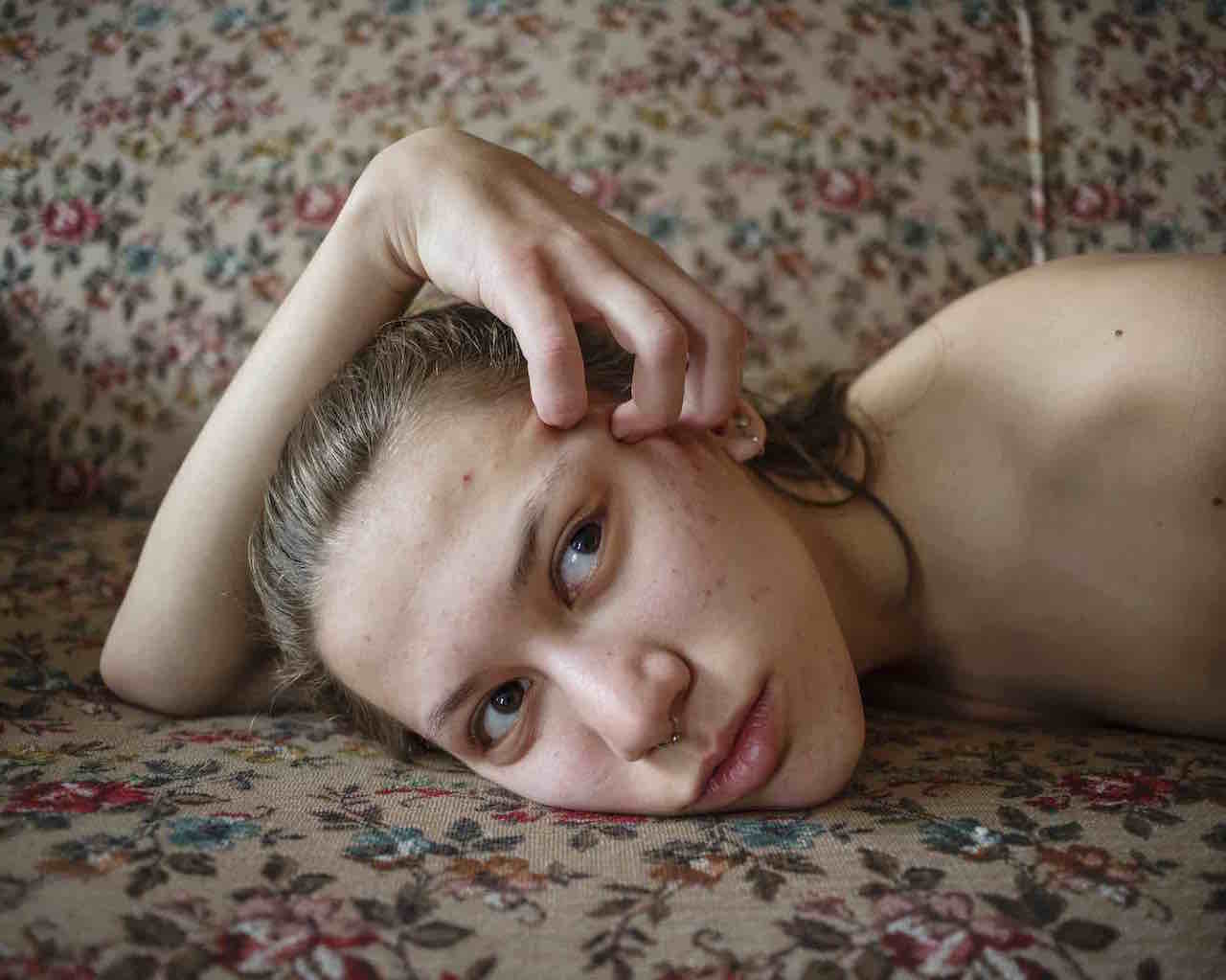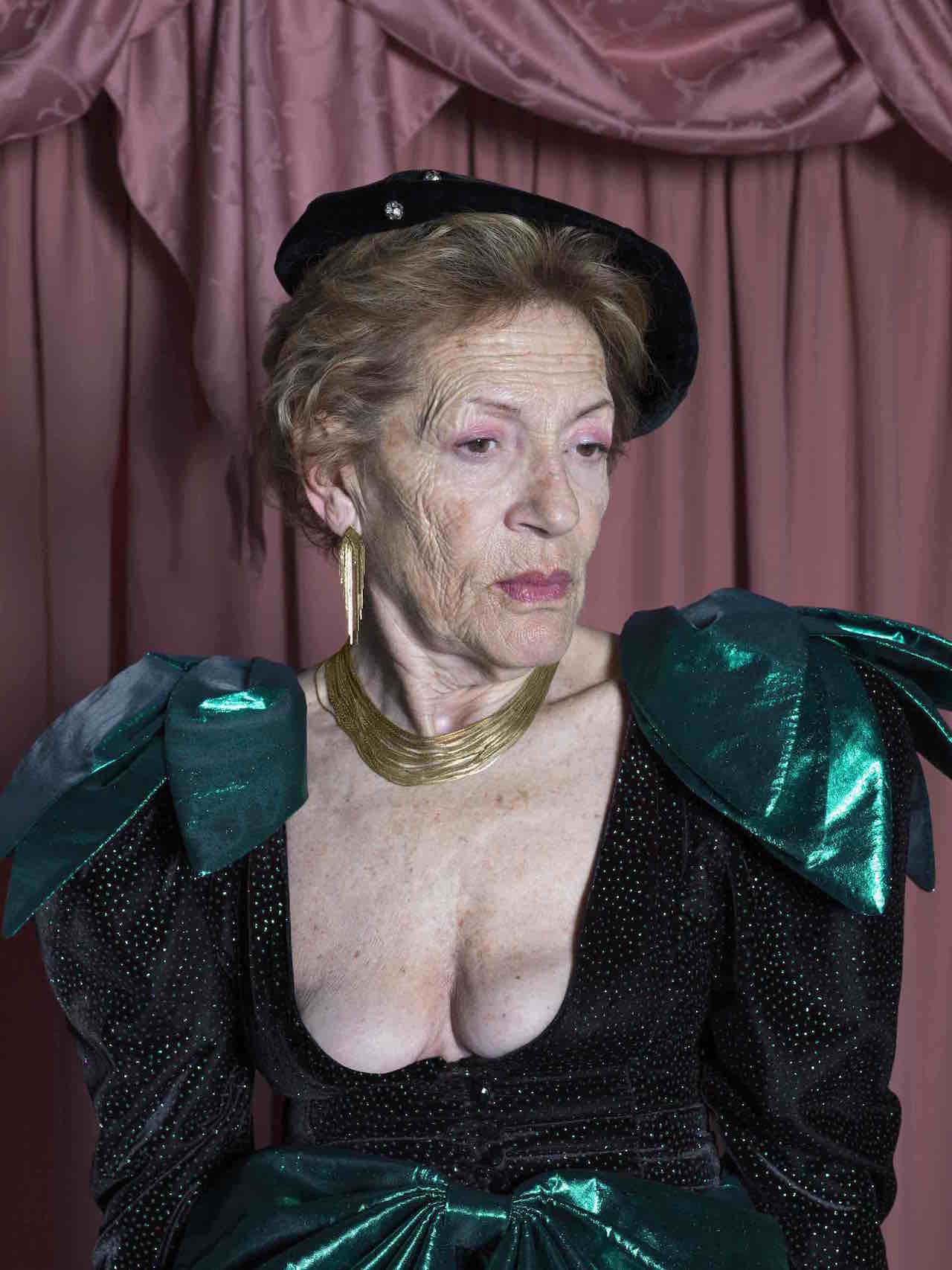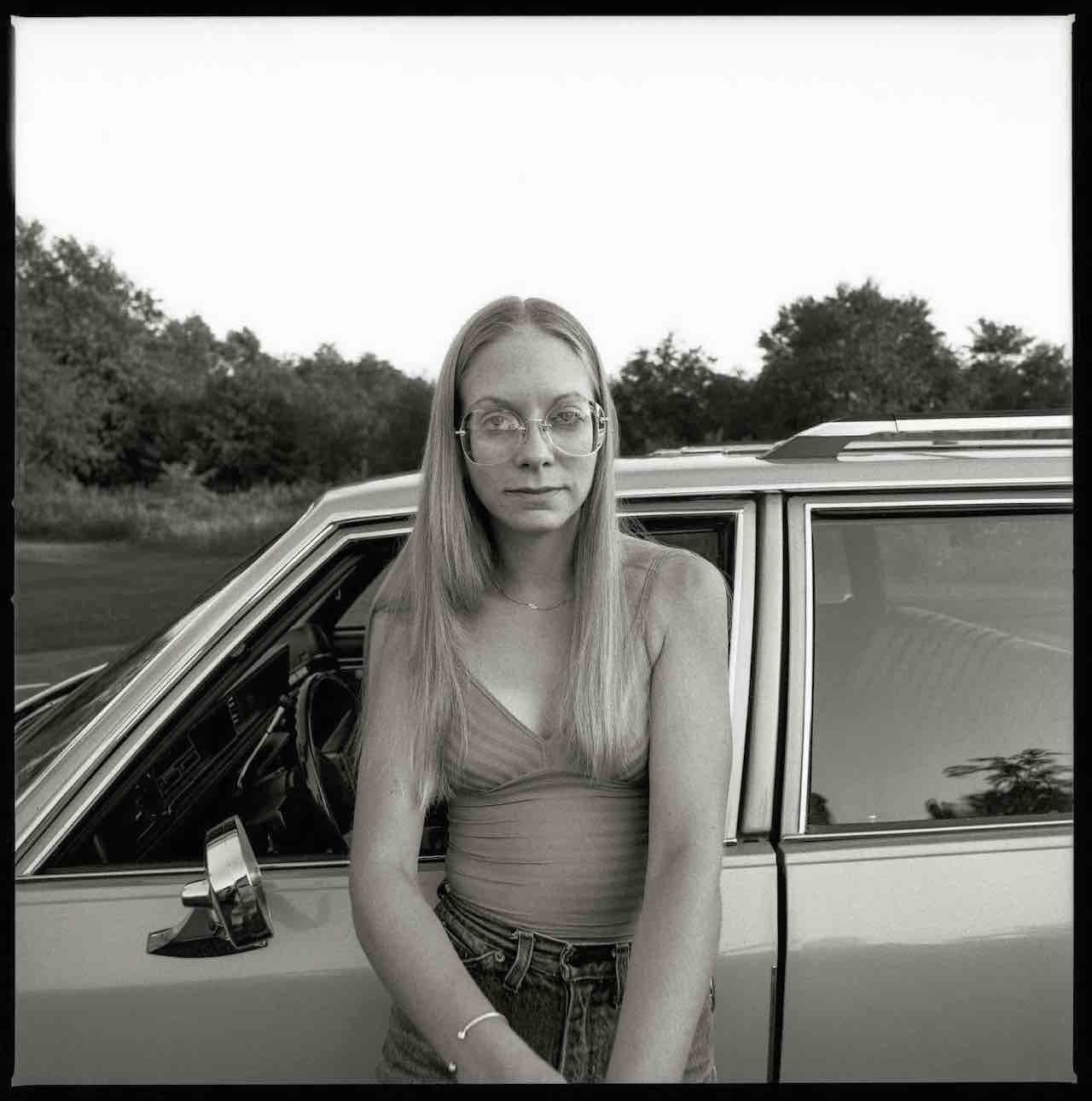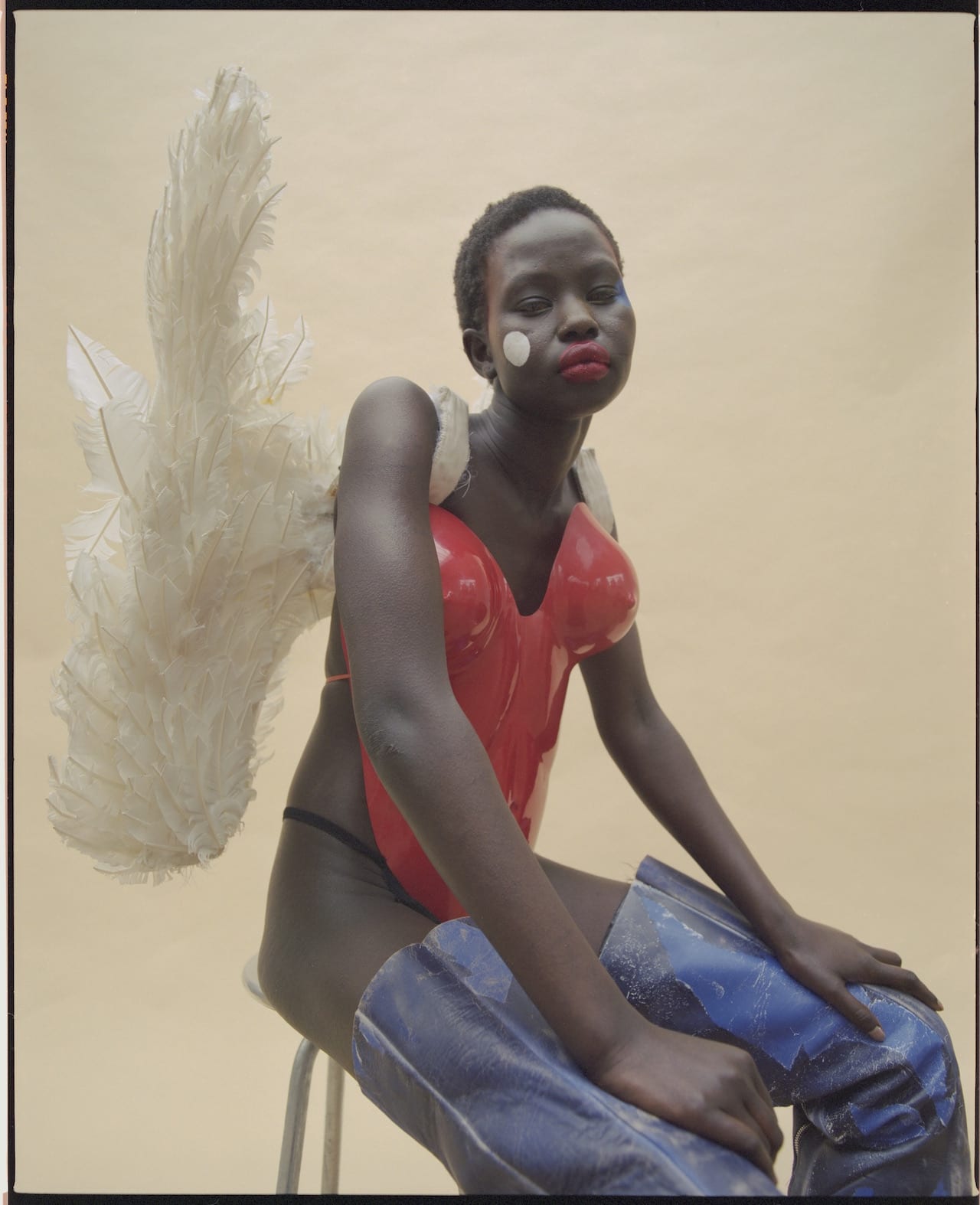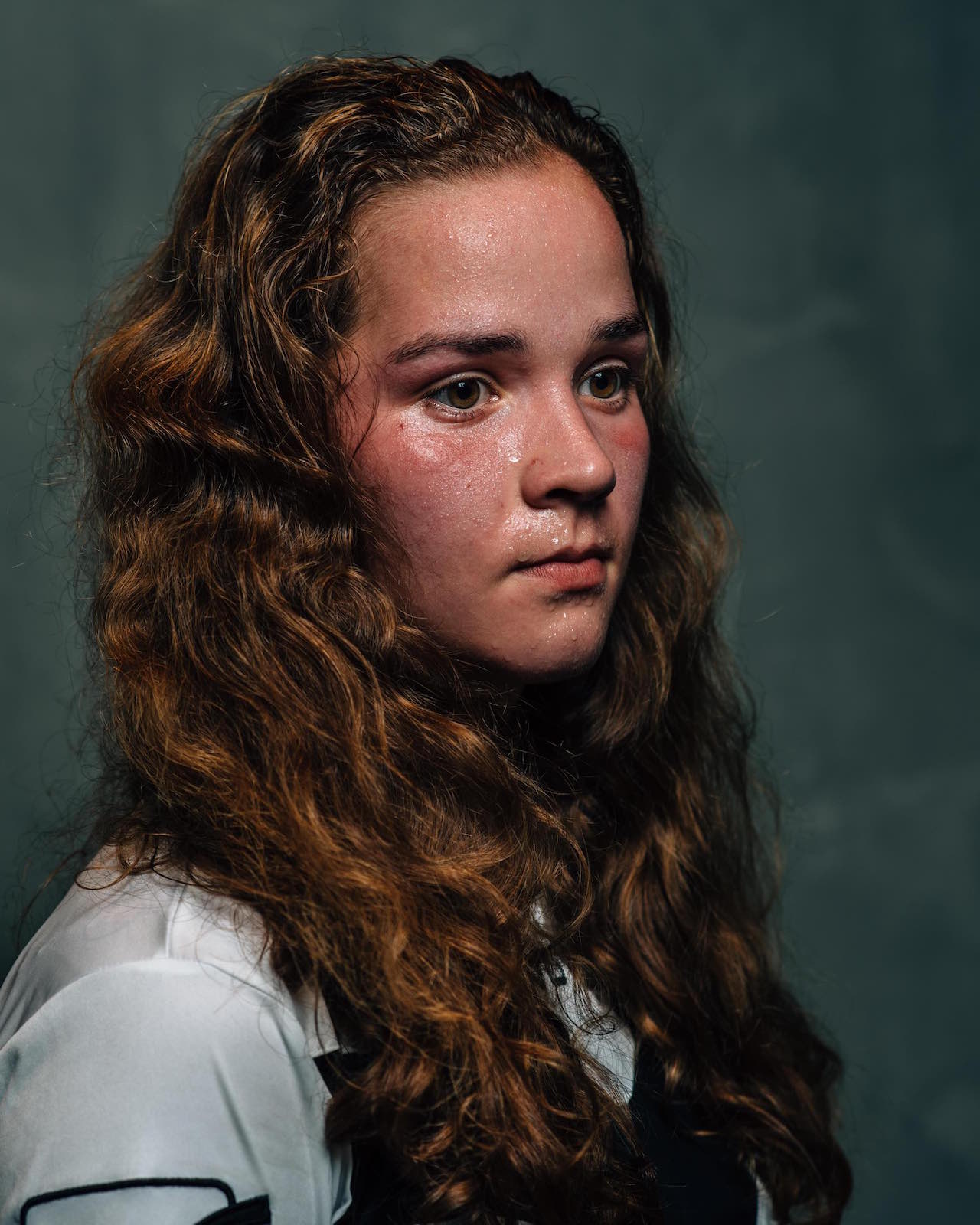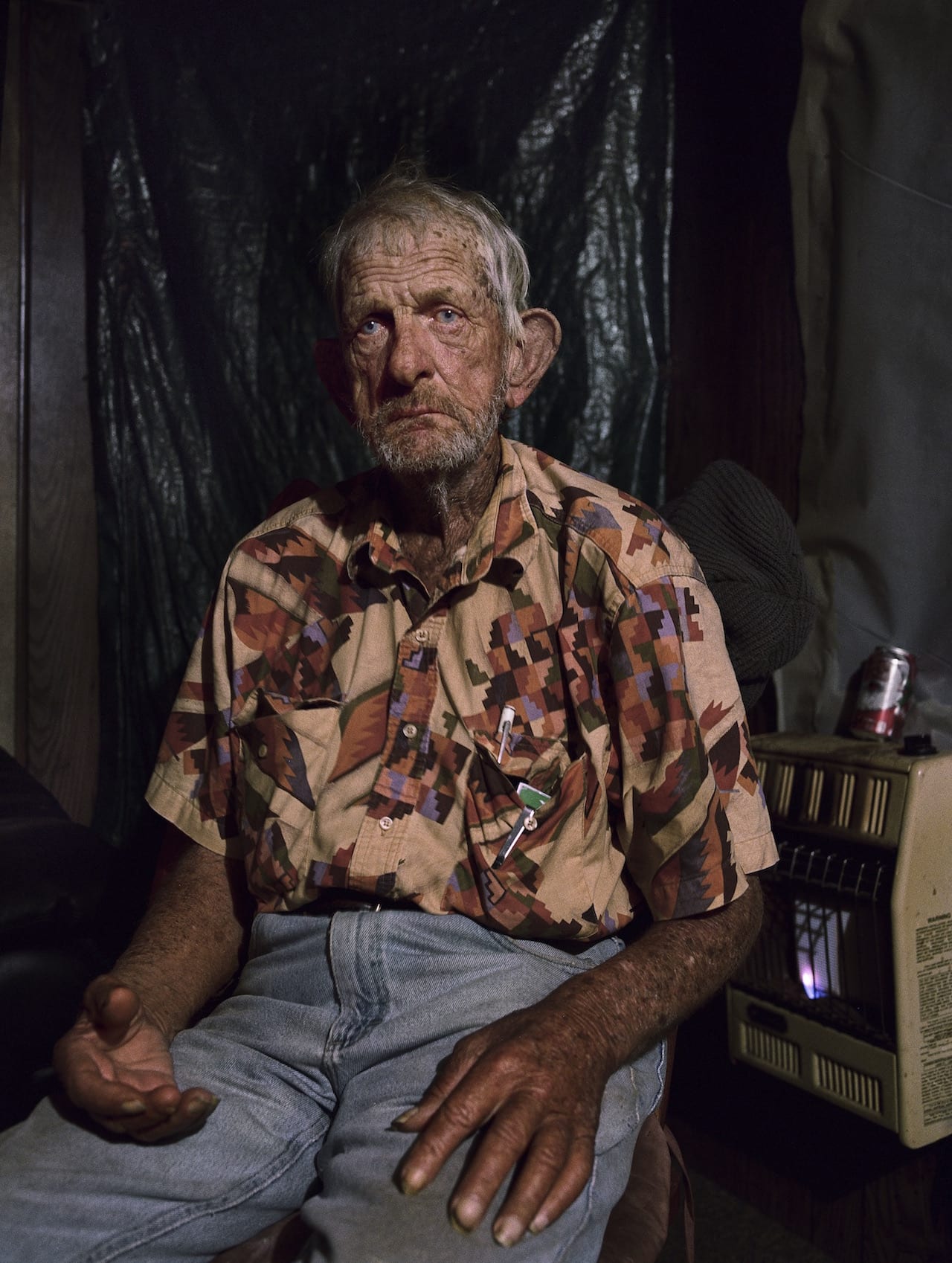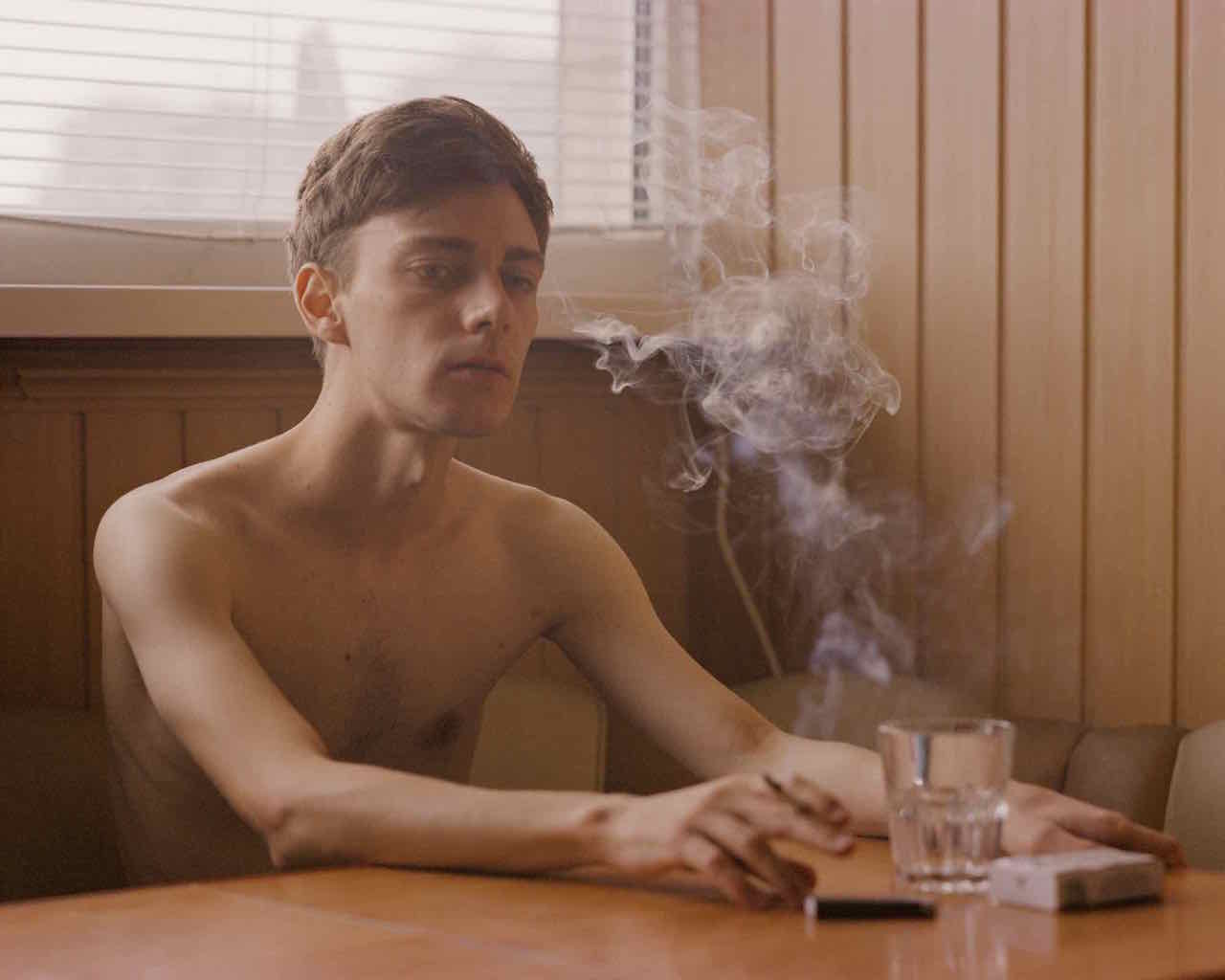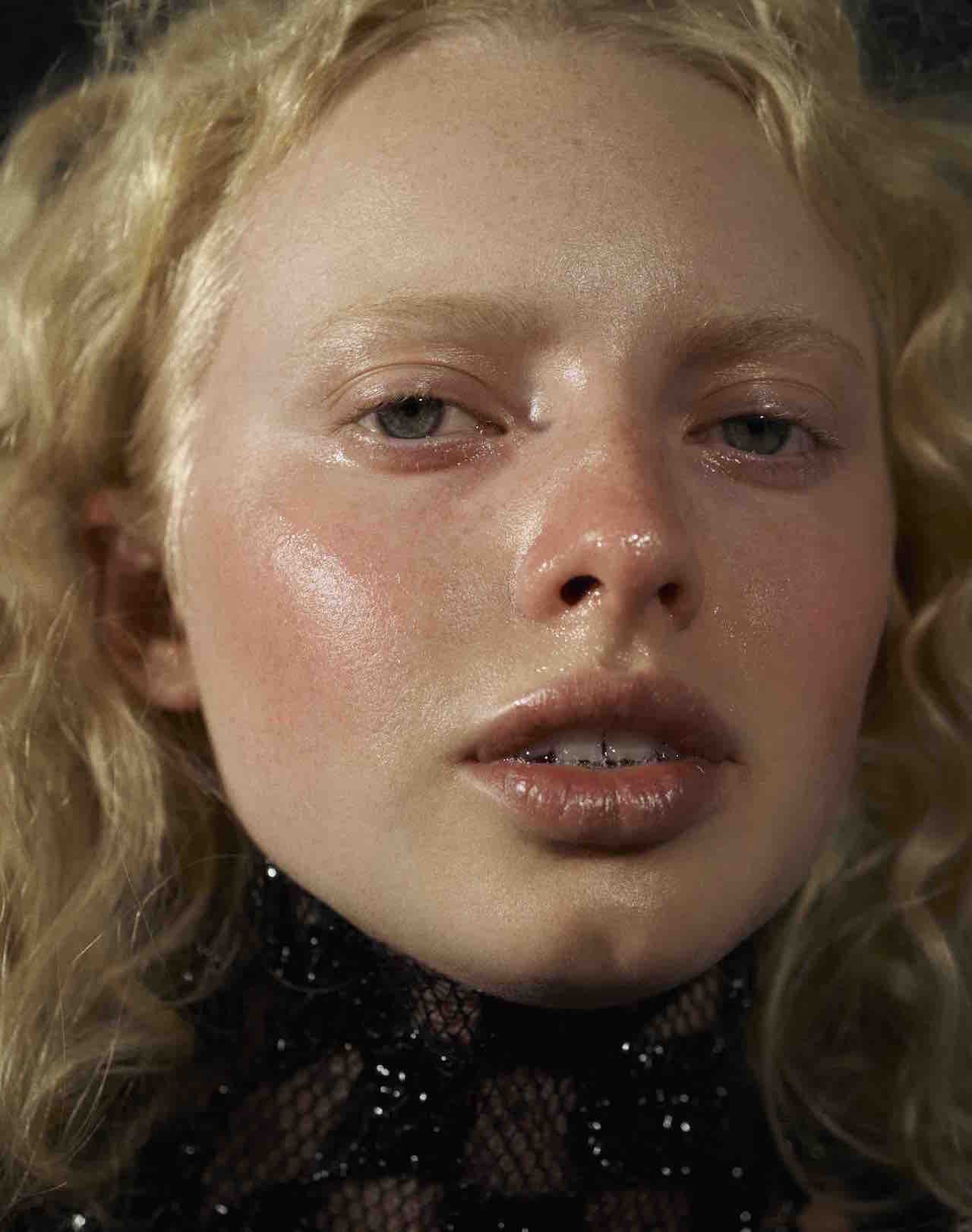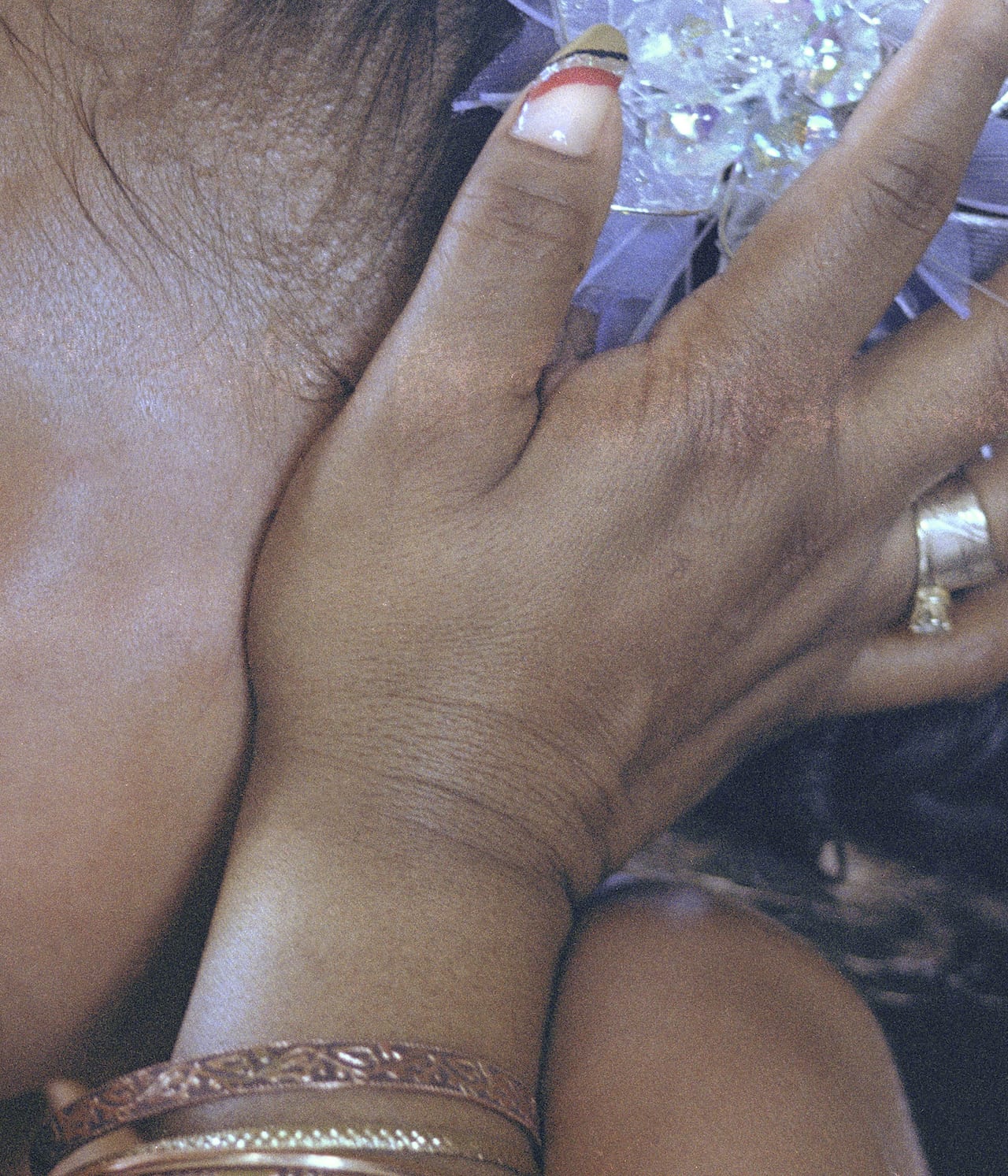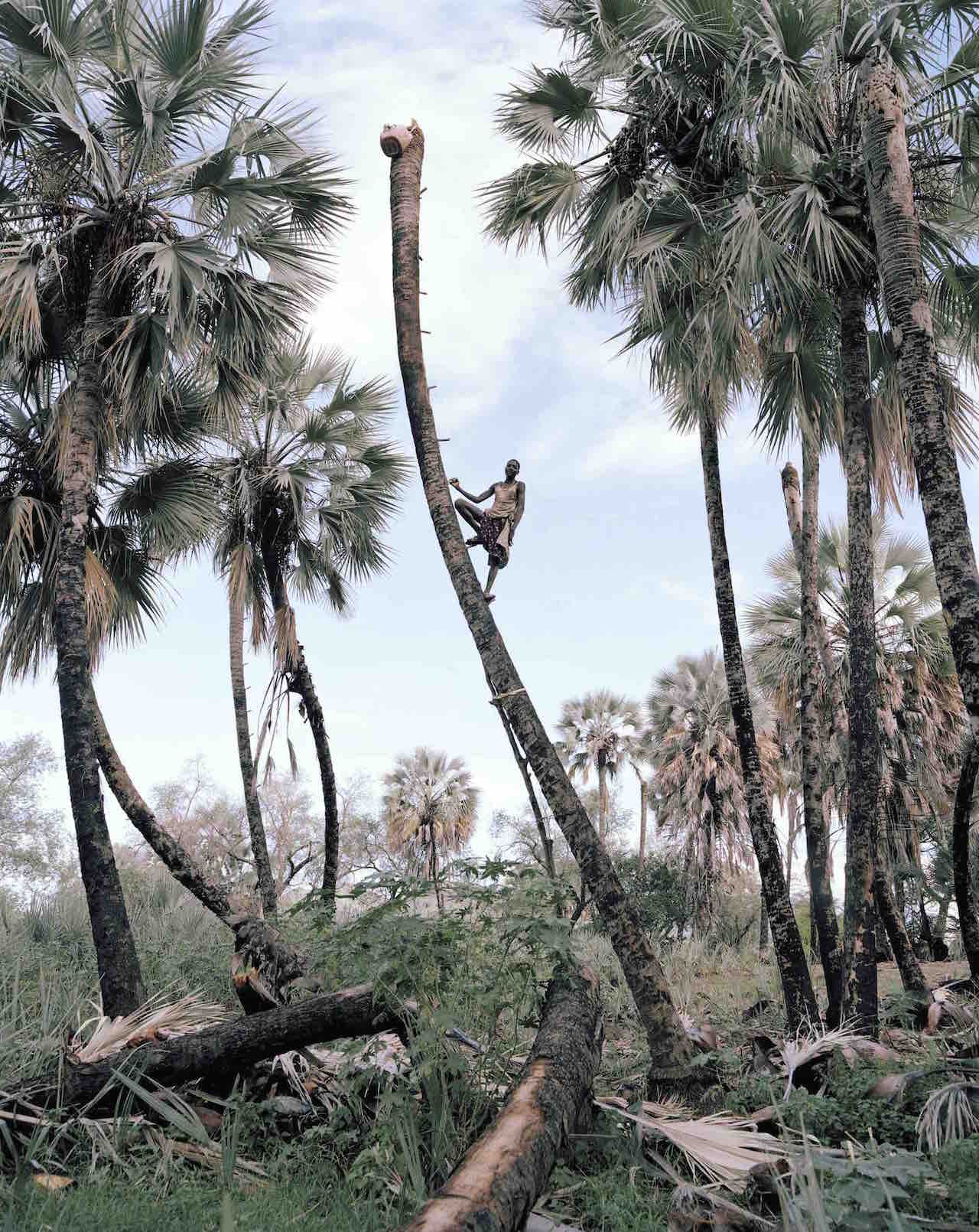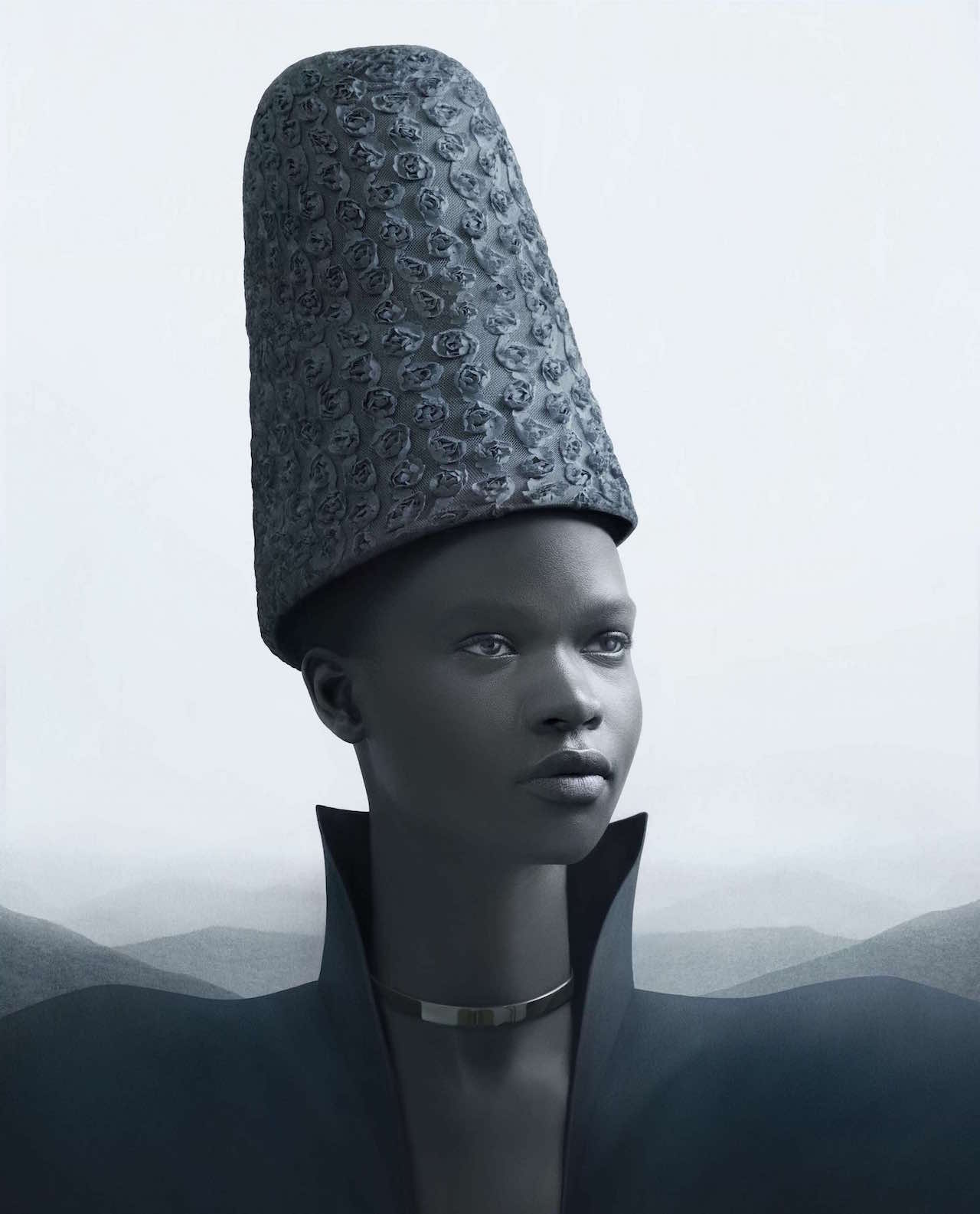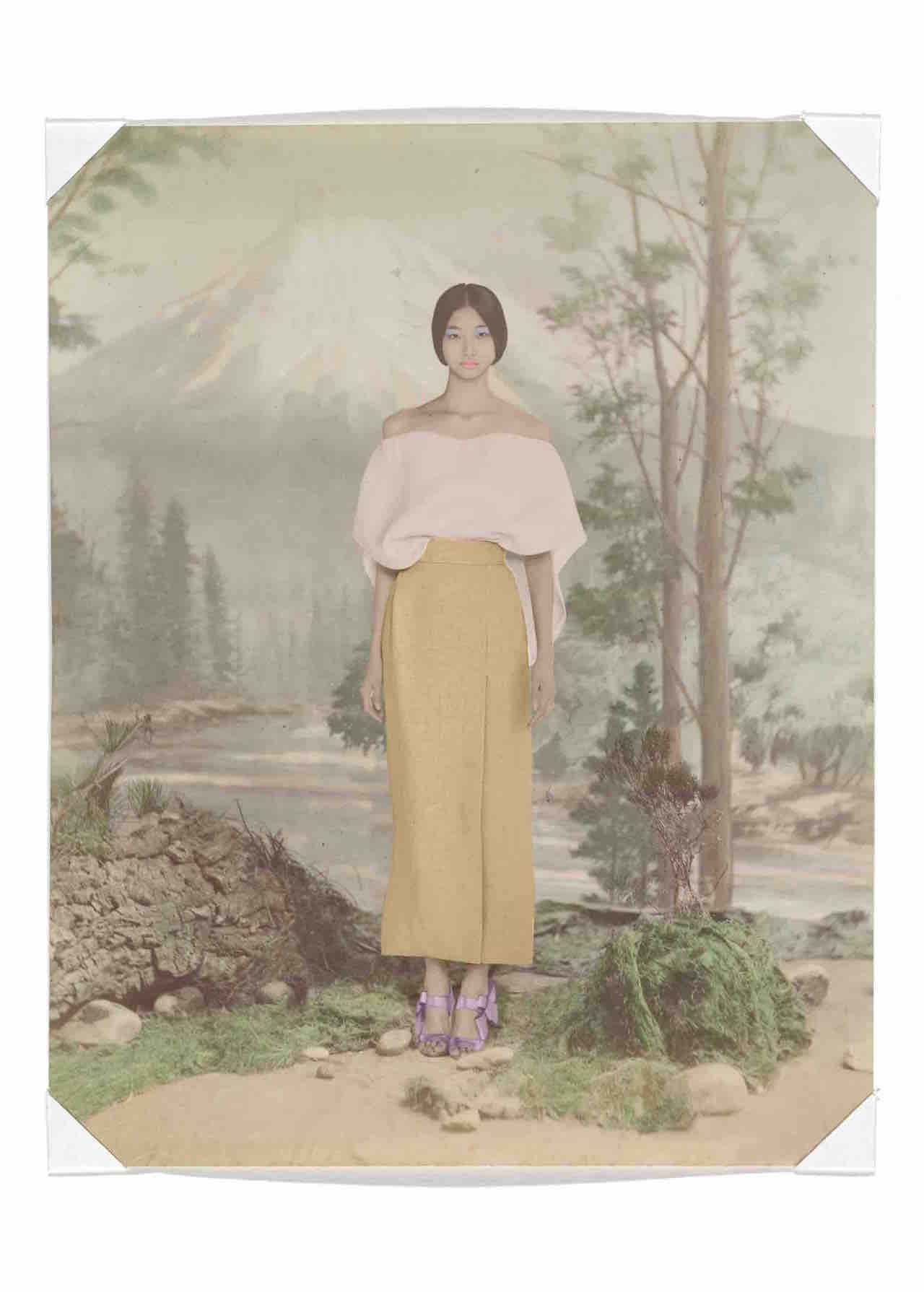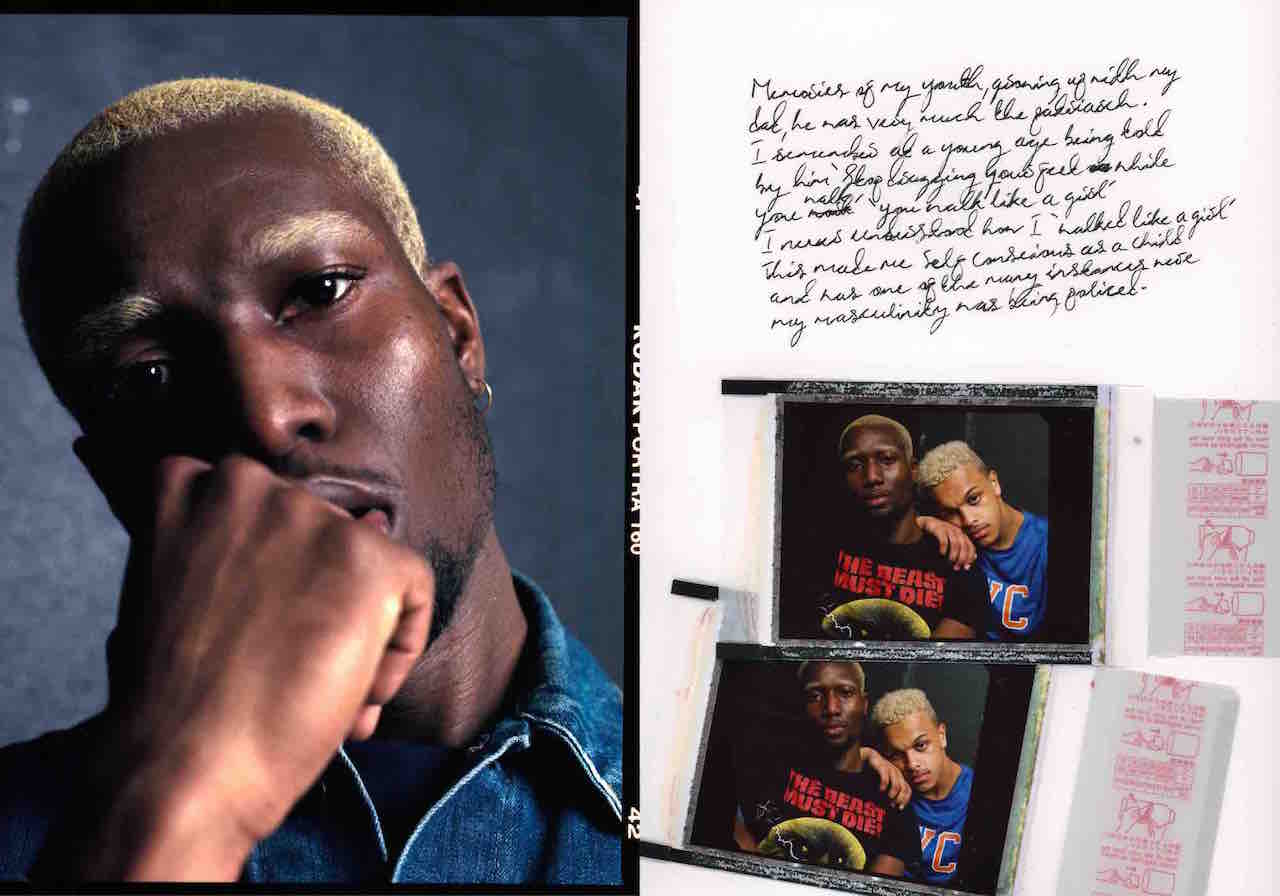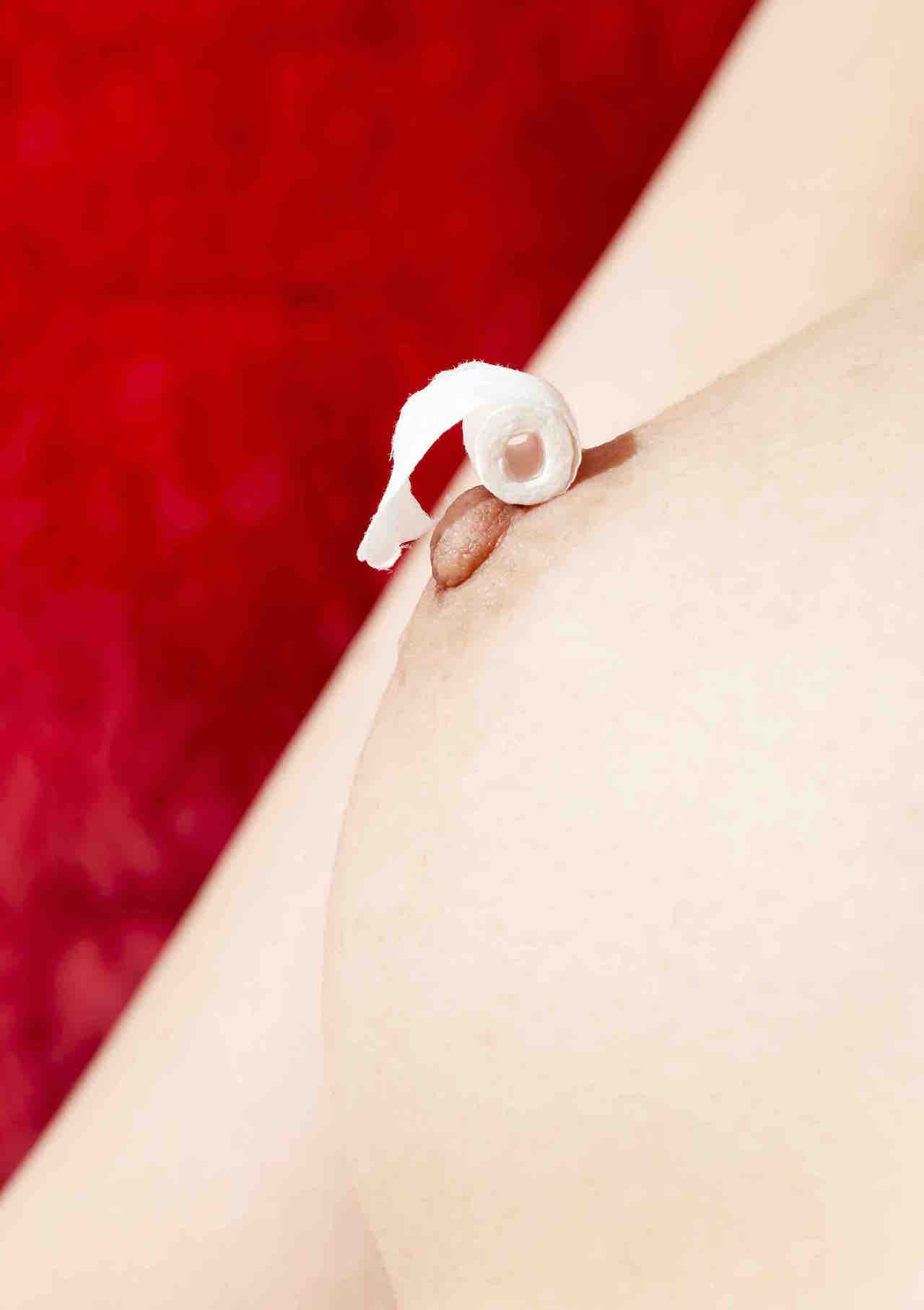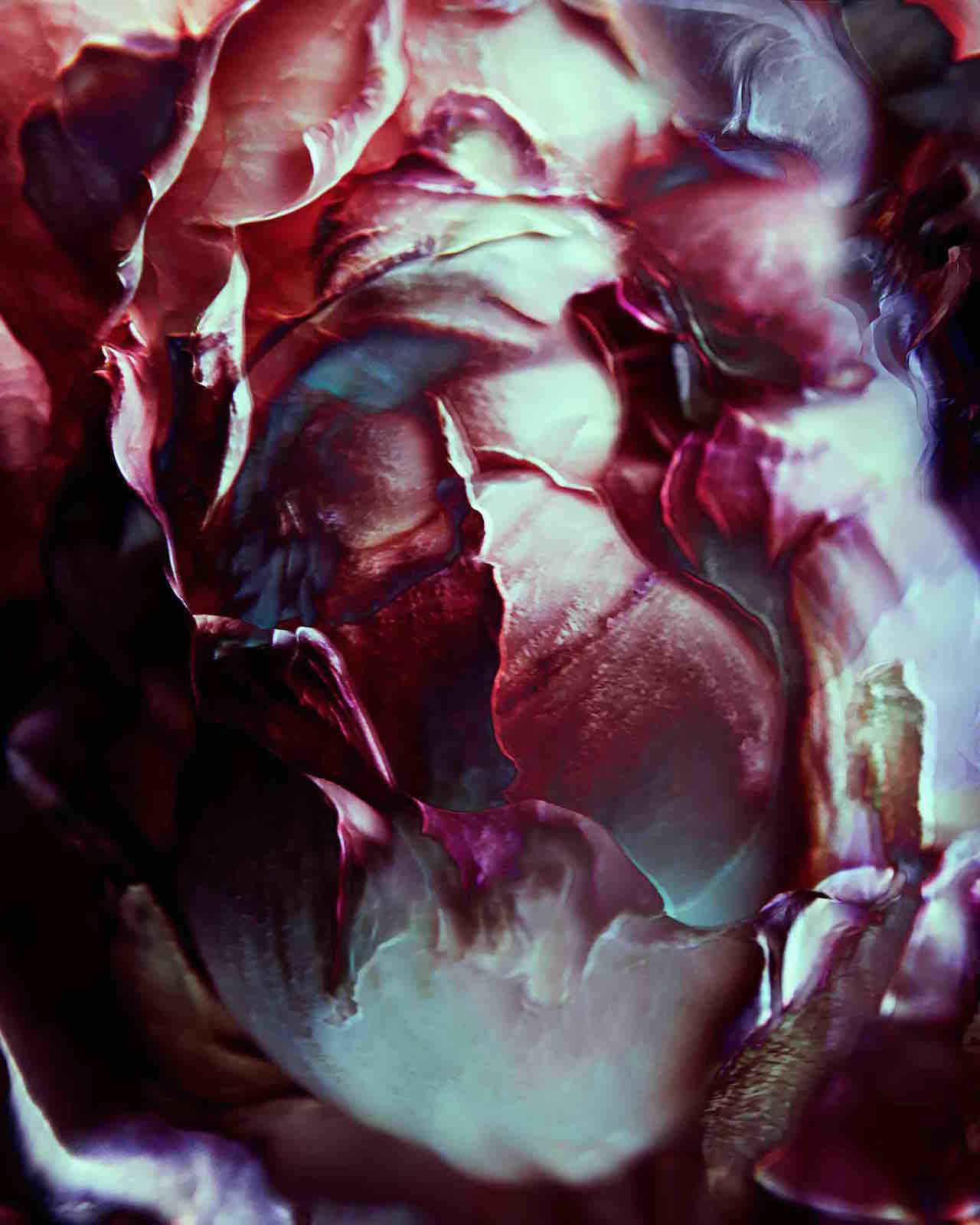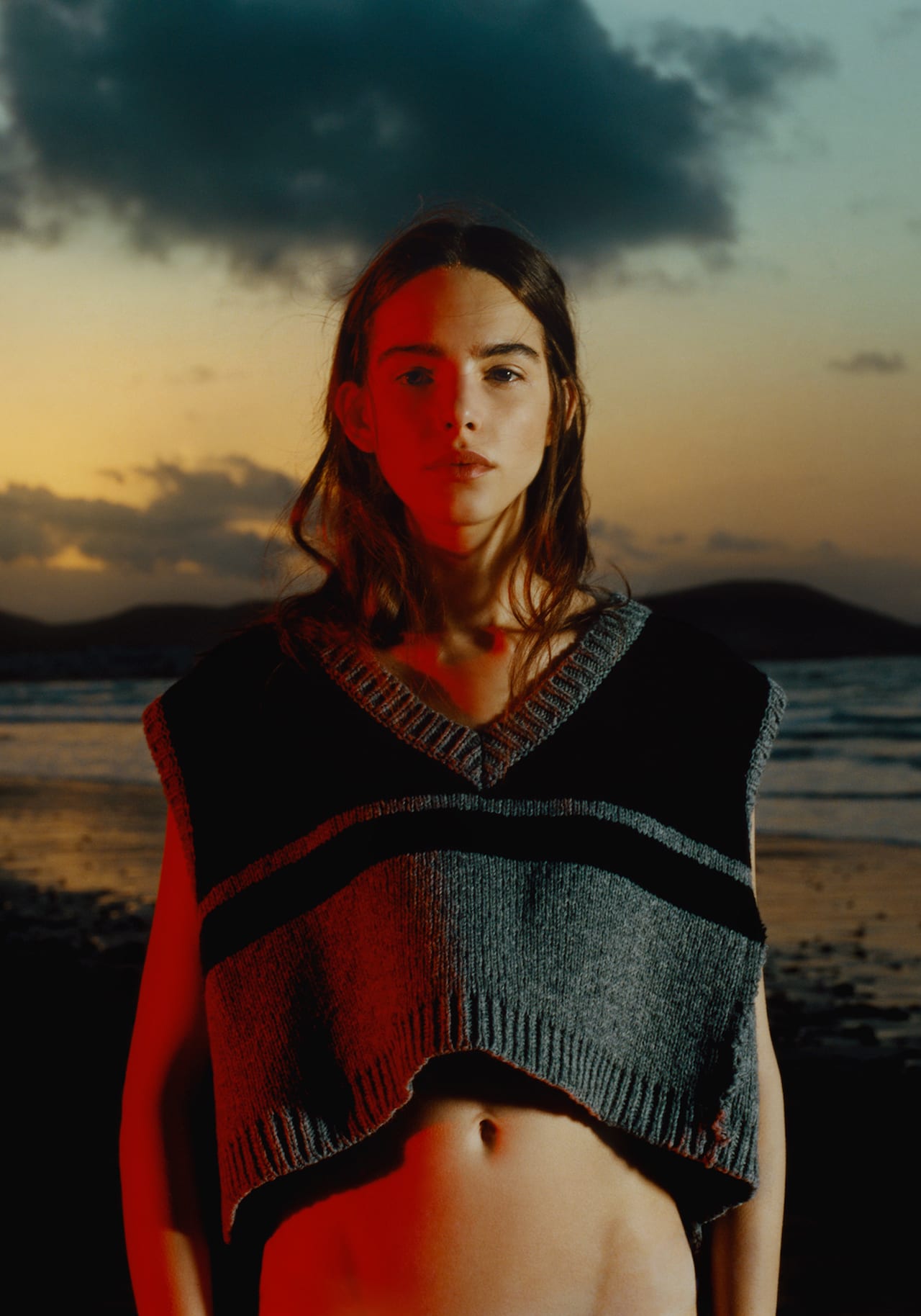“The main issues in fashion currently are gender and identity, and a more inclusive image of beauty,” says Alessia Glaviano. “It partially comes from Instagram – Instagram has made a big change.”
It’s forward-thinking comment for someone known for her work on world-famous print magazine Vogue Italia, but then Glaviano’s also known for pushing the boundaries. In addition to being senior photo editor on Vogue Italia, she’s web editor of vogue.it, and she’s also responsible for PhotoVogue – a curated online platform on which emerging photographers can submit their work. And in addition she’s director of the Photo Vogue Festival, the first-ever international festival of fashion photography, which is now back for the second time in Milan. “Well it went very well last year,” she says. “So here we are again.”
Then there’s Vogue Italia itself. A very different beast to its more mainstream counterparts in the US and elsewhere, it sets the standard for cutting-edge fashion photography. It’s known for its adventurous and sometimes dark imagery, giving photographers such as Steve Meisel, Miles Aldridge, Ellen von Unwerth, and David LaChapelle the freedom to pursue stories that are hard to imagine placed elsewhere – stories that reference rehab, for example, or the heightened security in post 9/11 America.
Glaviano modestly puts this down to Vogue Italia‘s relatively small size – “we’re a small country so they let us do it” – and also to the efforts of her editors, describing the legendary Franca Sozzani [editor-in-chief from 1988-2016] as “a fighter”, and current editor-in-chief Emanuele Farneti as “going the same way”. But she also argues that the current affairs featured in Vogue Italia fashion stories are part and parcel of the genre – or should be, if it’s “fashion at a high level”.
“I believe it goes together, fashion and photography both talk about the current situation and where humans are now,” she explains. “If you look at work by Richard Avedon and Irving Penn, they showed fashion but they also talked about society back then.”
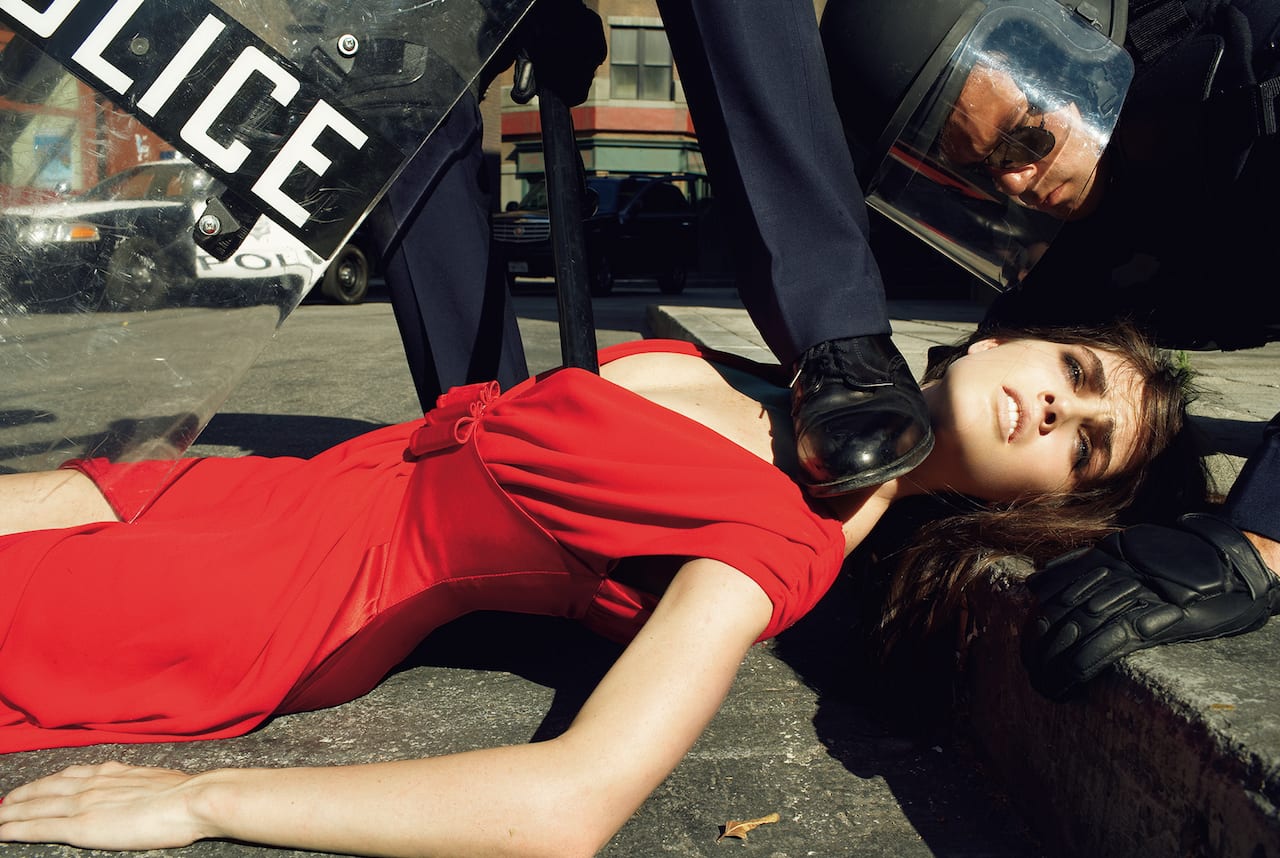
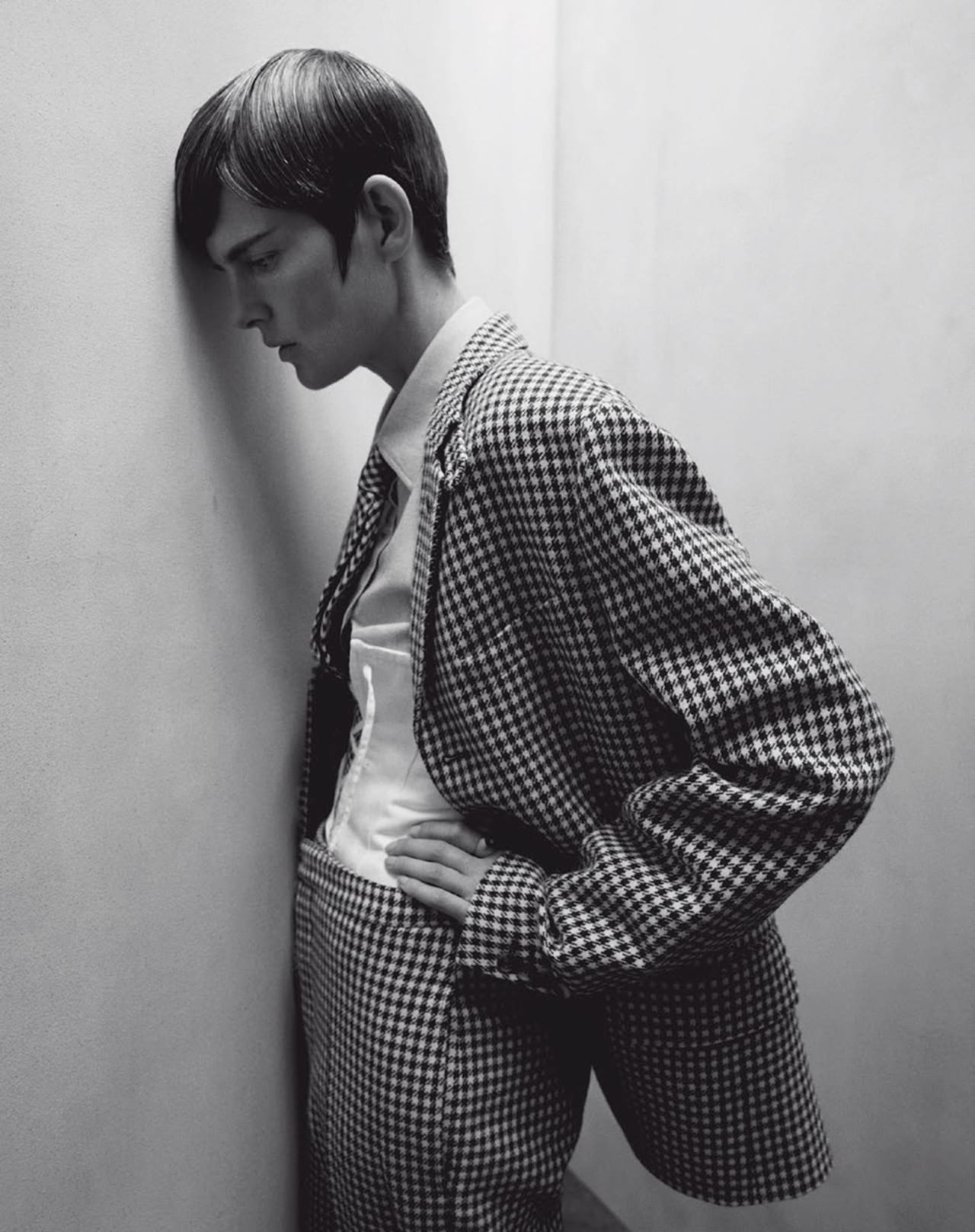
“We’ve had an LGBT issue and an over 70s issue,” says Glaviano. “We keep this point of view. I don’t believe fashion photography should just talk about clothes.”
It’s a theme she also picks out in the PhotoVogue/Visions exhibition, in which 18 emerging photographers were selected from 150 who entered work via the PhotoVogue portal, by an international judging panel which included experts such as Michael Famighetti (editor of Aperture magazine), Nathalie Herschdorfer (director of the Museum of Fine Arts, Le Locle, Switzerland), and James Estrin (New York Times senior staff photographer/LENS blog co-editor).
Featuring photographs by Justine Tjallinks and Nadine Ijewere, among many more, PhotoVogue/Visions shows many faces too often excluded from mainstream fashion photography – older women, black women, resolutely unglamorous women pictured without make up and sweating. In fact it shows some images that aren’t fashion orientated at all – Supranav Dash’s shots of artisans in Marginal Trades, for example, or Harris Mizrahi’s shots of those living on the society’s fringes.
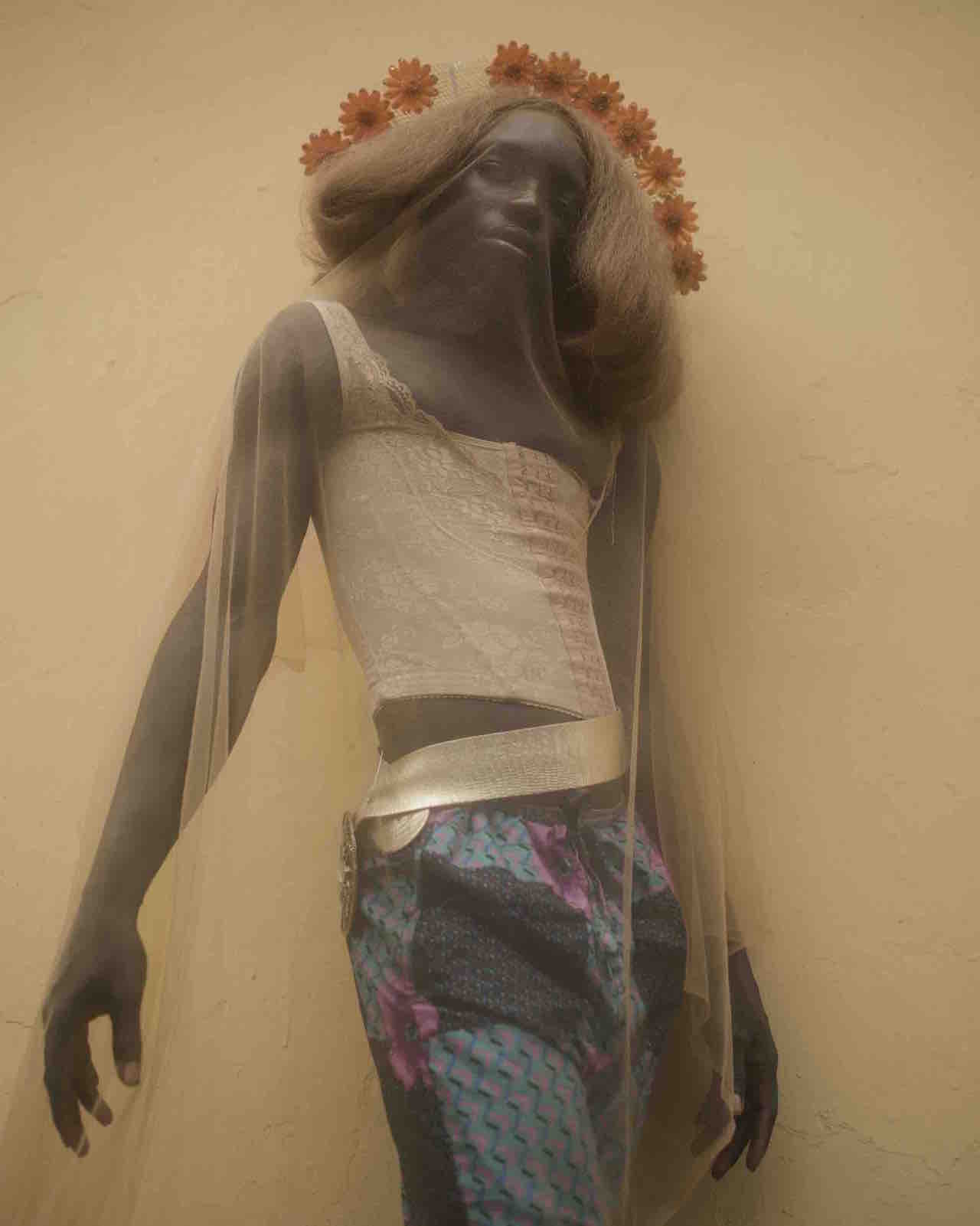
“Online is such an opportunity, but the thing about Flickr and other platforms is that they are missing the curatorial point of view,” she adds. “Anyone can go there but it doesn’t have someone curating it, so anything goes. Everyone can take a picture with their phone now, so people get mixed up and think anyone can judge a picture.
“But photography is like writing – you can write a shopping list or you can write beautiful poetry. You can take snaps with your phone or you can make a creation. It is a language everyone can communicate in now, and this is what makes us all more visually literate, but we need curators more and more.”
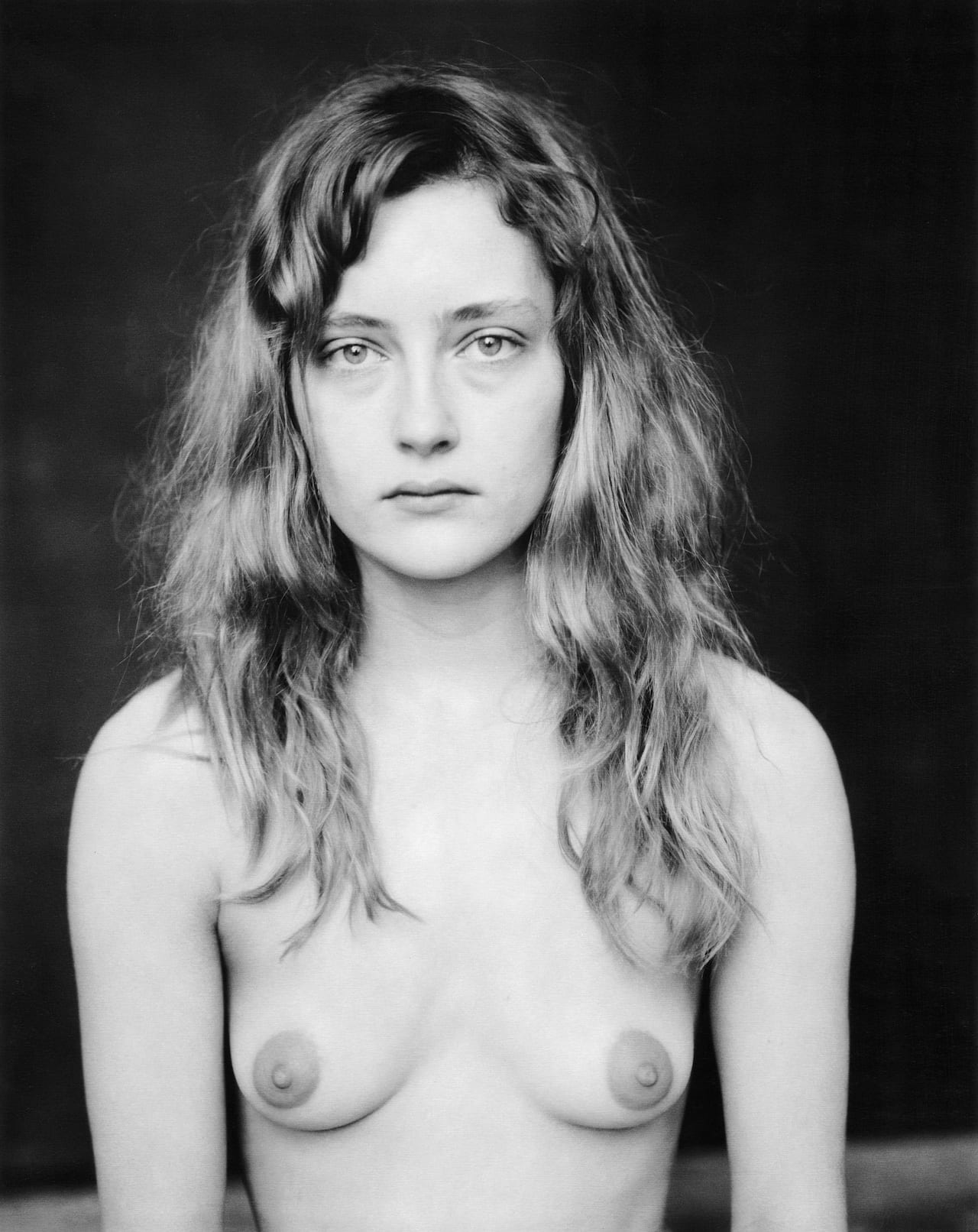
Though he’s famous for his fashion photography, the show includes “many images never even shown”, including nudes and portraits, as well as research and fashion photographs that never made it into stories at the time. “We’re including a lot of the research compared to the fashion and glamorous pictures,” says Glaviano. “It was very moving for me to go to his atelier in Paris [to work on the show], where he has shot so many pictures.
“We’re not showing a retrospective from this year to that, we have divided it into nine different rooms, each reflecting a different aspect of his work,” she continues. “We have tried to find a balance – give people something easier to understand, and give them something more difficult.”
Photo Vogue Festival is on show in Milan from 16-19 November https://www.vogue.it/en/photo-vogue-festival/
